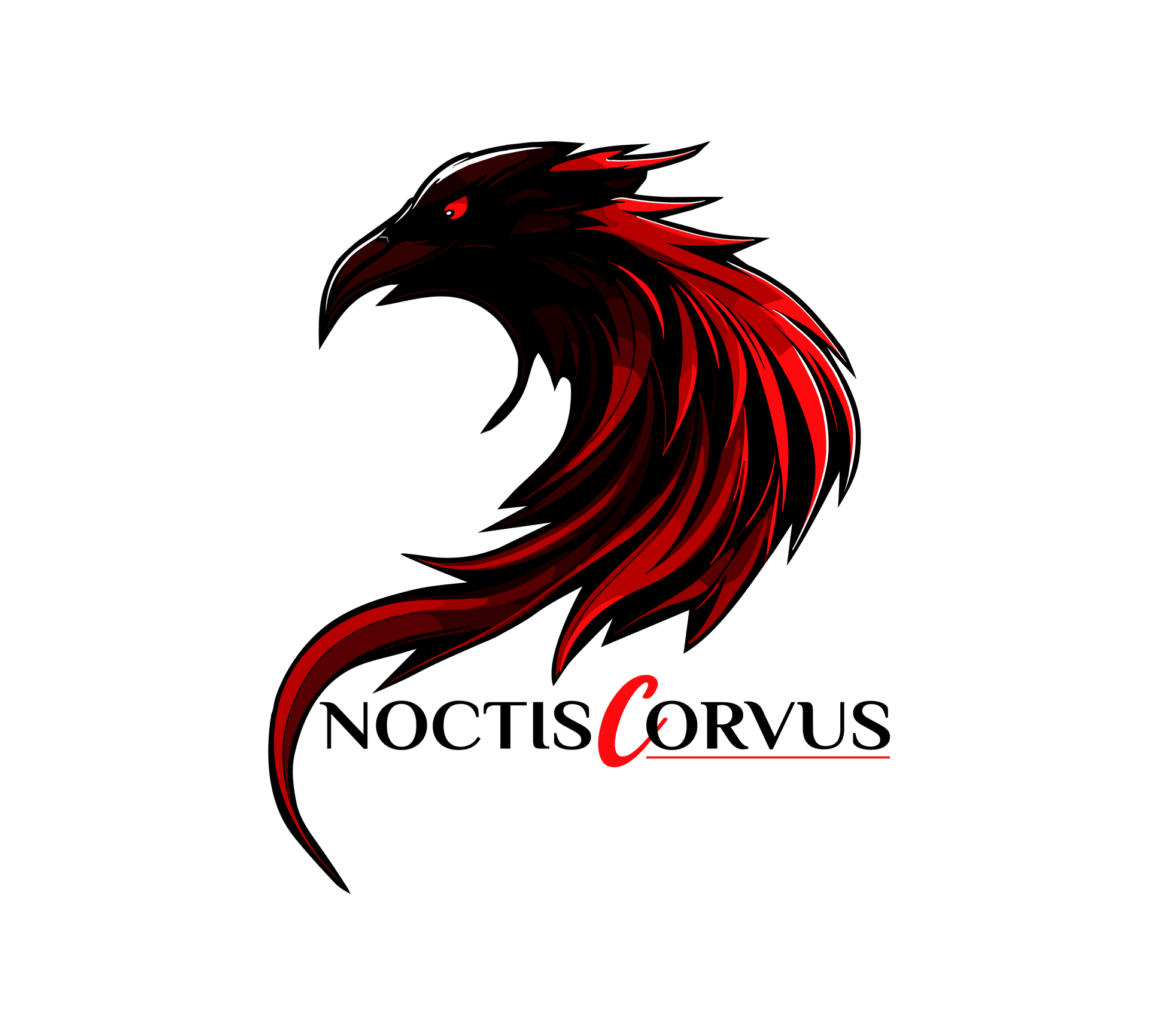How to Meditate: A Simple Guide to Mindfulness
In our increasingly busy world, it's easy to feel overwhelmed, stressed, and disconnected. We're constantly bombarded with information, demands, and distractions, leaving us little room to just be. This is where mindfulness meditation comes in – a powerful yet simple practice that can help you cultivate inner peace, clarity, and a deeper connection to the present moment.
You might have heard about mindfulness, but what exactly is it? At its core, mindfulness is the practice of paying attention to the present moment, without judgment. It's about observing your thoughts, feelings, bodily sensations, and the world around you with an open, curious, and accepting attitude. And mindfulness meditation is the formal practice that helps us train this ability.

Ready to give it a try? Here's a simple guide to getting started with mindfulness meditation:
Step 1: Find Your Space and Posture:
Find a Quiet Spot: Choose a place where you won't be disturbed for the duration of your meditation. This could be a quiet corner of your room, a peaceful spot in nature, or even just your bed.
Comfortable Posture: You can sit on a cushion, a chair, or even lie down if that's more comfortable for you. The key is to find a posture that allows you to be alert yet relaxed. If sitting, try to keep your spine relatively straight but not rigid. Your hands can rest gently on your lap or knees.
Step 2: Set Your Intention (Optional but Helpful):
Before you begin, you might take a moment to set an intention for your practice. This isn't about achieving a specific outcome, but rather a gentle reminder of why you're meditating. It could be something like: “I am here to be present,” or “I am here to cultivate a sense of calm.”
Step 3: Close Your Eyes (or Soften Your Gaze)
Gently close your eyes, or if you prefer, soften your gaze by looking slightly downwards with a relaxed focus.
Step 4: Your Anchor – The Breath
The breath is your primary anchor in mindfulness meditation. It's always with you and always in the present moment.
- Bring Your Attention to Your Breath: Notice the sensation of your breath as it enters and leaves your body. You might focus on the rise and fall of your abdomen, the feeling of air moving through your nostrils, or the subtle sensations in your chest.
- No Need to Control: You don't need to change or control your breath in any way. Just observe it as it naturally is – shallow or deep, fast or slow. Simply be curious about the experience of breathing.
Step 5: Acknowledging Thoughts and Distractions:
This is often where people get “stuck”. Thoughts will arise – it's the nature of the mind. When you notice your mind wandering, which it inevitably will:
- Gently Acknowledge: Simply acknowledge the thought or distraction without judgment. You might mentally note, “thinking,” or “planning,” or “remembering”.
- Gently Redirect: Without criticizing yourself, gently bring your attention back to your breath. Imagine your thoughts are like clouds drifting across the sky – you observe them, but you don't need to cling to them.
Step 6: Expand Your Awareness (Optional):
Once you feel comfortable with focusing on your breath, you can gently expand your awareness to include other sensations:
- Body Scan: Notice any sensations in your body – warmth, coolness, tingling, pressure.
- Sounds: Become aware of sounds around you, without labeling them or getting lost in their story. Just observe them as pure vibrations.
- Emotions: Notice any emotions that arise. Acknowledge them with kindness, allowing them to be there without judgment, and then gently return to your breath.
Step 7: Ending Your Practice:
When you're ready to conclude your meditation:
- Slowly Broaden Awareness: Gradually broaden your awareness to include your surroundings.
- Gently Open Your Eyes: When you feel ready, slowly open your eyes.
- Take a Moment: Take a few moments to notice how you feel. Don't rush into your next activity.

Tips for Success:
- Start Small: Begin with just 5–10 minutes a day and gradually increase the duration as you feel more comfortable. Consistency is more important than length.
- Be Patient and Kind to Yourself: Mindfulness is a practice, not a destination. There will be days when your mind feels restless, and that's perfectly normal. Don't get discouraged.
- Guided Meditations: If you find it difficult to focus, try guided meditations. There are many free apps and resources available (e.g., Insight Timer, Calm, Headspace).
- No Right or Wrong Way: There's no “perfect” meditation. The goal isn't to stop thinking, but to become aware of your thoughts and learn to relate to them differently.
- Integrate into Daily Life: Mindfulness isn't just for formal meditation. Try bringing this present-moment awareness to everyday activities like eating, walking, or doing chores.
Mindfulness meditation is a powerful tool for cultivating inner peace and resilience in a chaotic world. By regularly dedicating time to this practice, you'll gradually begin to experience its profound benefits – a greater sense of calm, clarity, and an increased ability to navigate life's challenges with more grace and ease. So, take a deep breath, find your anchor, and begin your journey into the present moment.
